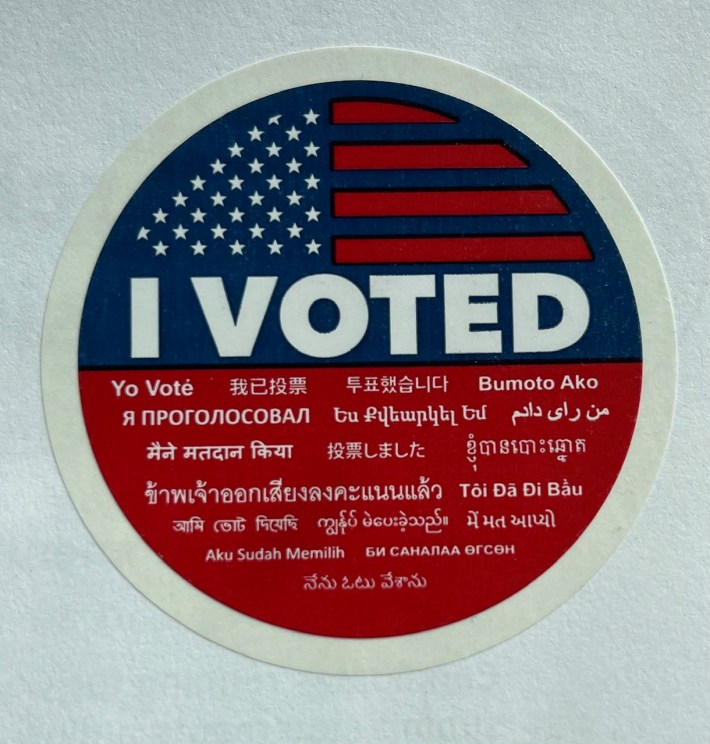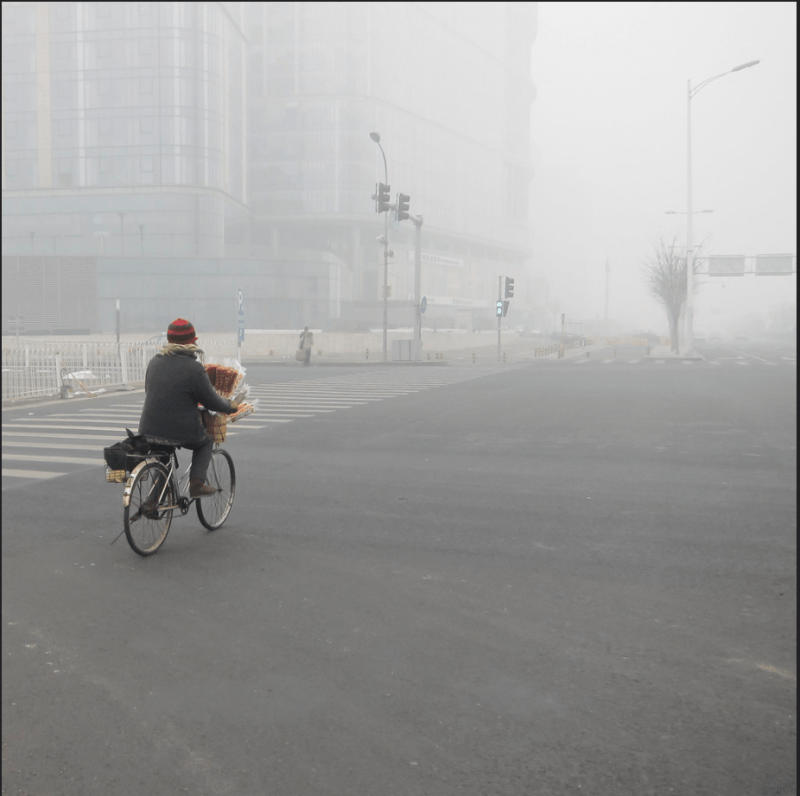Not even months of quarantine orders that confined millions of Americans to their homes were enough to unseat transportation as the leading source of greenhouse gas emissions in the United States — and cars are the biggest polluters in the sector, a new study finds.
According to preliminary estimates from the Rhodium Group, transportation-related emissions were still the United States' single biggest driver of climate change in 2020, despite historic drops in vehicle miles travelled and a relatively large drop in tailpipe smog compared to prior years.
Planes, trains and automobiles (and presumably to a lesser extent, boats) accounted for an estimated 31 percent of total net emissions in 2020, and the transportation industry experienced the largest drop in total emissions of any sector — though not enough to dethrone it as the nation's top polluter. And if the Rhodium estimates hold, the industry's slice of the climate change pie will actually be larger than it's been in years past; it was just 28 percent in 2018, the most-recent year for which the Environmental Protection Agency has provided final data.

And a closer look at the data reveals that not all modes contributed equally to the transportation sector's historic emission declines — because decreases in driving were considerably lower than decreases in flying.
Demand for jet fuel fell to as low as 32 percent of 2019 levels at the height of the COVID-19 lockdowns, and barely achieved 65 percent of those levels even when travel demand rose in around the December holidays. Gasoline demand, by contrast, had already rebounded to about 90 percent of its pre-pandemic levels by the last month of the year, and diesel demand was roughly the same as it was in December 2019 — a surge which the Rhodium analyst says was "likely spurred by holiday deliveries."
National vehicle miles travelled, meanwhile, were only down about 15 percent in 2020 compared to the 2019 annual total — and that's even accounting for a historically unprecedented 40-percent VMT drop-off in April, when more states and cities had implemented shelter-in-place orders than at any other point in the pandemic.

The Rhodium analysts say our national patchwork of quarantine mandates probably explain most of the transportation sector's emissions seeming "wins." (Before you ask: no, this was far from banner year for fuel emissions standards, electric vehicle adoption, or even the sale of plain-old fuel-efficient vehicles.) But some advocates are wondering why 2020's driving-related emissions weren't even lower — and if a global pandemic couldn't do it, it what it might take to finally get Americans out of their cars at large scale.
Simply put, experts don't yet have a thorough answer to the question of exactly where Americans were going when they climbed behind the wheel last year. According to a recent Gallup poll, roughly 33 percent of U.S. workers said they had shifted to working completely from home by October — which was down from a stunning 51 percent in April, but still means a huge chunk of erstwhile commuters weren't driving to work through most of the calendar year. High levels of unemployment cancelled the commutes of another giant segment of the U.S. workforce altogether, and shopping trips likely took a huge hit, too, as shuttered businesses and public health precautions caused more Americans than ever before to rely on online retail and food delivery over personal, single-occupancy trips to the store.
The U.S. Travel Association did note that trips to "national parks and beaches" picked up, according to some surveys, and some experts have pointed to research that suggests that some telecommuters may actually drive more throughout the day. (Though it should be noted that those studies date from an pre-COVID era when a remote worker might have been a little more tempted to run unnecessary errands or camp out indoors at a coffee shop during her workday.) But we likely won't have a complete picture of where Americans drove last year until the National Household Travel Survey releases its data for 2020 — and that won't happen for at least another three years.
What we do know is that even during a pandemic, Americans still drove way too much in 2020 — and without real policy change, they'll probably drive even more once they're vaccinated.
"The fact that transportation is still the largest source of greenhouse gas emissions despite the decreased travel shows just how big the problem is," said Matt Casale, environment campaigns director for the U.S. Public Interest Research Group. "And we're already seeing driving pick back up, so if we don't continue to make progress, this year will just be a blip....In the short term, we have to make sure our transit agencies make it through COVID intact. We're glad the most recent federal relief bill included additional emergency funding for transit agencies, but it wasn't as much as they need, and we're hoping to see additional emergency funding soon."
And in the long term, experts believe cutting transportation emissions will take a historic effort to shift Americans away from driving — and there's no better time to start than now.
"We have a real opportunity to make long-term progress on shifting toward a cleaner transportation system through a potential federal infrastructure package and the reauthorization of the long-term transportation spending bill," Casale adds. "The COVID-19 health crisis, although devastating, has shown what drastically reducing pollution from the transportation sector can look like. But to make lasting change, supporting active, non-polluting transit options is critical to transforming America’s post-pandemic transportation system and normalizing new, healthier transportation behavior."







